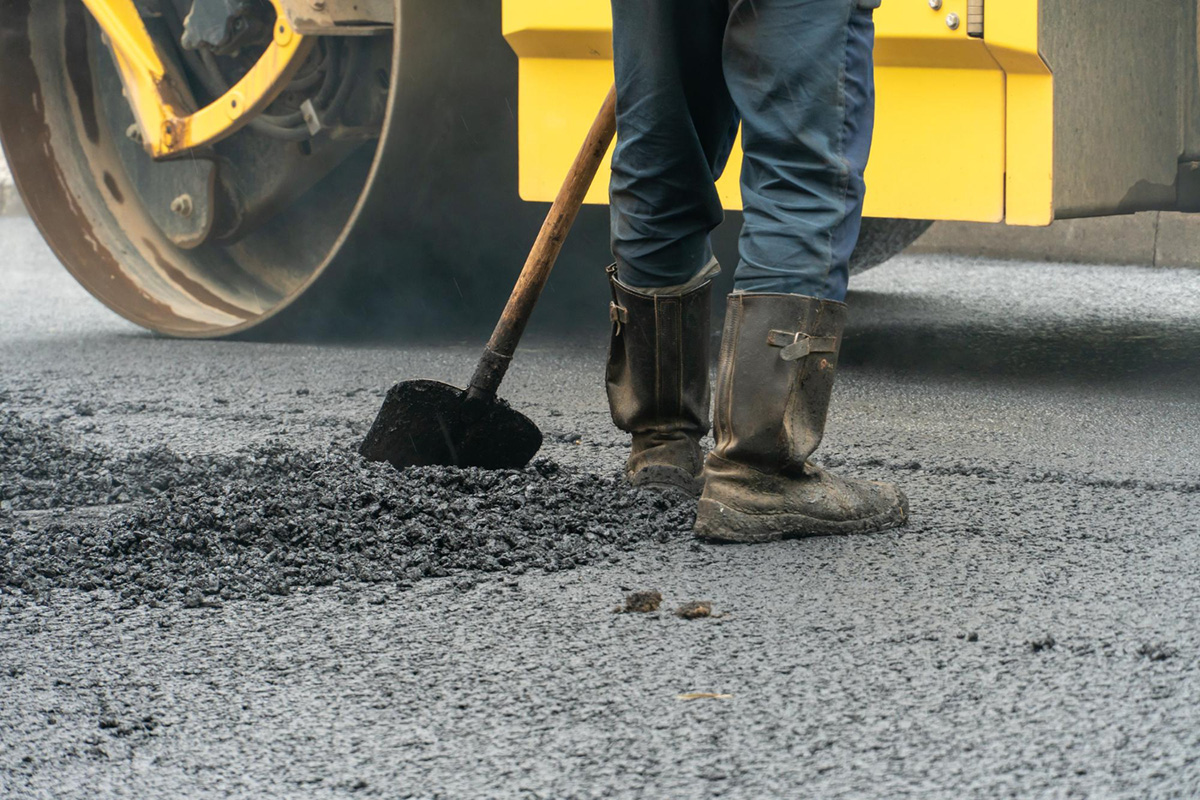
Maintaining a smooth and durable asphalt surface is essential to the safety and appeal of your property. Over time, however, even the best pavement can start to show signs of wear and damage, from cracks and potholes to faded striping and drainage issues.
If you're facing asphalt repairs in Sanford, FL, you may be wondering whether you should opt for a full replacement or simply patch and overlay the existing pavement. Both options have their advantages, and the choice ultimately depends on several factors, including the age and condition of the pavement, your budget, and your long-term goals for the property.
In this blog post, we'll explore some of the pros and cons of each approach, as well as some tips for making the best decision for your unique situation.
If your asphalt surface has reached the end of its lifespan, or if it has sustained extensive damage or deterioration, a full replacement may be the best option. A new pavement installation involves removing all of the existing asphalt, preparing the subbase, and laying down fresh asphalt with a new base and surface layer.
Some signs that you may need a full replacement include:
A full replacement is more expensive than repairs, but it offers several advantages, including:
If your pavement is relatively new or has only minor damage, patching and overlaying may be a good option. This involves filling in the cracks and holes and then applying an overlay of new asphalt to the entire surface. While this approach doesn't replace the subbase like a full replacement, it can extend the life of the existing pavement and improve its appearance and function.
Some situations where patching and overlaying may be appropriate include:
Patching and overlaying is less expensive than a full replacement, and it can provide some benefits, including:
However, it's important to note that patching and overlaying is only a temporary fix, and it may not address underlying structural issues or prevent further damage in the long run.
When deciding whether to opt for a full replacement or patching and overlaying, there are several key factors to consider. These include:
Whether you need a full replacement or simple repairs, it's important to choose a reputable and experienced contractor for the job. At Florida Sealcoating, we specialize in all aspects of asphalt maintenance and repair, from sealcoating and crack filling to complete pavement installations.
With over 60 years of combined experience, our team has the knowledge and skills to assess your property and recommend the best course of action for your unique needs and budget. We use only high-quality materials and state-of-the-art equipment to ensure a flawless finish and maximum longevity for your asphalt surface.
Maintaining a smooth and durable asphalt surface requires regular maintenance and attention. If you're facing asphalt repairs in Sanford, FL, you may be wondering whether to opt for a full replacement or patching and overlaying. Both options have their advantages, and the choice ultimately depends on several factors, including the age and condition of the pavement, your budget, and your long-term goals for the property.
By considering these factors and consulting with an experienced and reputable contractor like Florida Sealcoating, you can make the best decision for your unique needs and enjoy a smooth, safe, and appealing pavement surface for years to come. Contact us today for a free estimate and discover how we can help you achieve your asphalt maintenance goals.